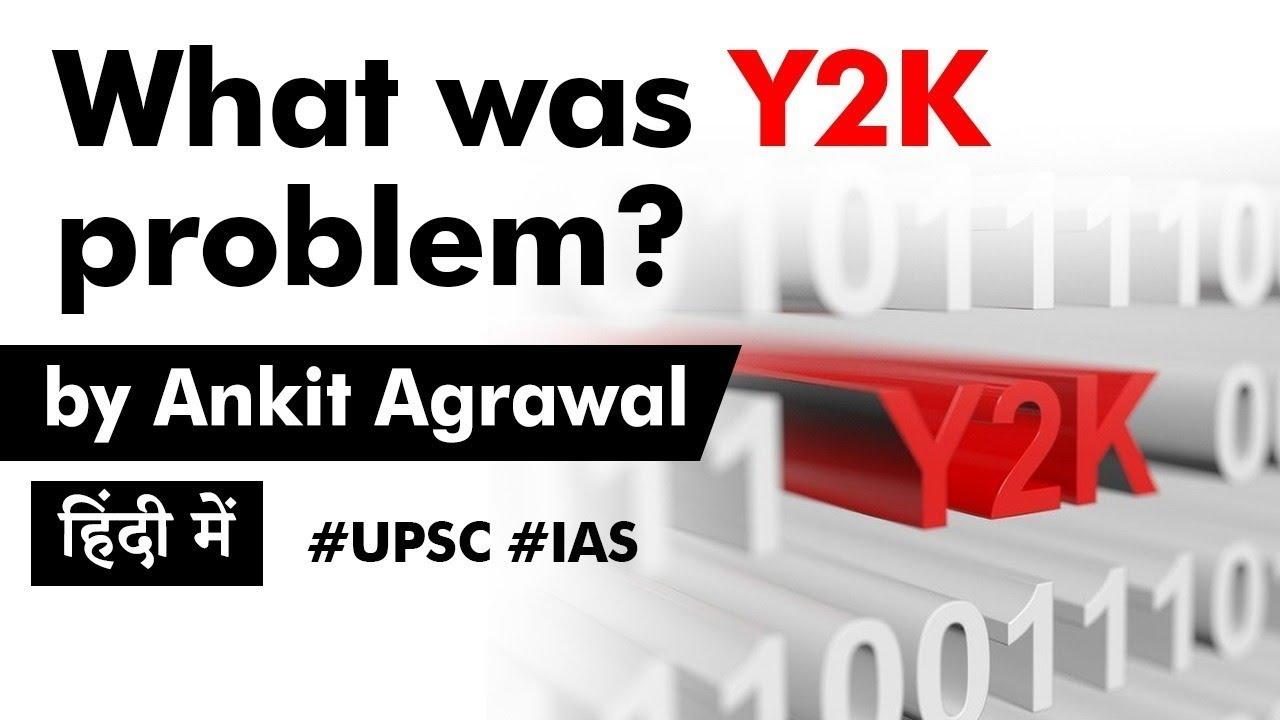Table of Contents
EVENING OF 31ST DECEMBER 1999
- At the dawn of the Year 2000, as people hoped for a new world, the software industry around the world was in deep apprehension.
- The engineers across the world were working around the clock as the economies struggled with a trivial yet powerful software bug.
- Y2K, also known as the millennium bug.
- It was the inability of the computer to differentiate between the years 1900 and 2000.
BACKGROUND
- When the software engineers started programming the computers in the 1960s, storage and memory were an expensive
- Disk space could cost upwards of $100 per kilobyte.


- So programmers were under pressure to reduce the amount of memory their programs took up.
- One cost-cutting measure they discovered was reducing a 4 digit year to only 2
- This means the year, 2000 and the year 1900 will both be represented as 00 in the system.
- Even though the price of memory went down and computer space opened up to accommodate the full four digits of the calendar year,
- This shorthand persisted in programs all over the world, from defense department computers to power utilities to toasters.
- In 1993, Computer world magazine became one of the first harbingers of the Y2K apocalypse.
- It published an article titled Doomsday 2000
Y2K IMPACT
- This could wreak havoc with program in unexpected ways-
- Causing data loss, software errors, or even render a computer
- Credit cards could stop working.
- Bank records could vanish.
- Vital services like air traffic control, power utilities, hospitals, and national defense systems could fail.
WHAT WAS THE SOLUTION?
- Fixing the Y2K bug would require the cooperation of corporations, governments, and institutions from around the globe.
- It would take a painstaking amount of effort to fix or replace every single piece of faulty software.
- It would cost billions. And they only had 7 years to do it.
PROBLEM WAS SOLVED
- USA and UK worked around the globe to fix the issue.
- The Australian government invested millions of dollars to address the issue.
- Countries like Russia did not address the issue and believed that it will not cause any major disruption.
- Nevertheless, an estimated 600 billion dollars globally was invested in the correction of the Y2K bug.
- And when the clock turned to midnight on December 31,1999 . . . civilization didn’t collapse.
A FEW PROBLEMS DID ARISE
- In Japan, alarms sounded outside a nuclear power plant and radiation monitoring equipment failed.
- Thermostats malfunctioned in an apartment complex in South Korea.
- In Australia, bus ticket machines
- In the US, lottery machines failed in Delaware.
HOW IT WAS BOON FOR THE INDIAN ECONOMY?
- As the economy in the USA looked for the workforce to fix the problem,
- India tapped the opportunity to provide the biggest pool of engineers.
- Post-independence, the country had invested in human resource and this resource came handy to resolve the issue.
- This also took Business Process Outsourcing (BPO) to another level.
- India provided low-cost force of highly qualified engineers.
- Many Indian companies like Infosys and TCS strengthened their base in the IT.
- Many cities like Hyderabad and Bangalore blossomed into IT hubs
- Compared to 1.2% in 1998, the IT sector in India currently contributes to 7.7% of the GDP.
- CAN WE REPEAT IT, DURING COVID 19 CRISIS?
Latest Burning Issues | Free PDF






















 WhatsApp
WhatsApp